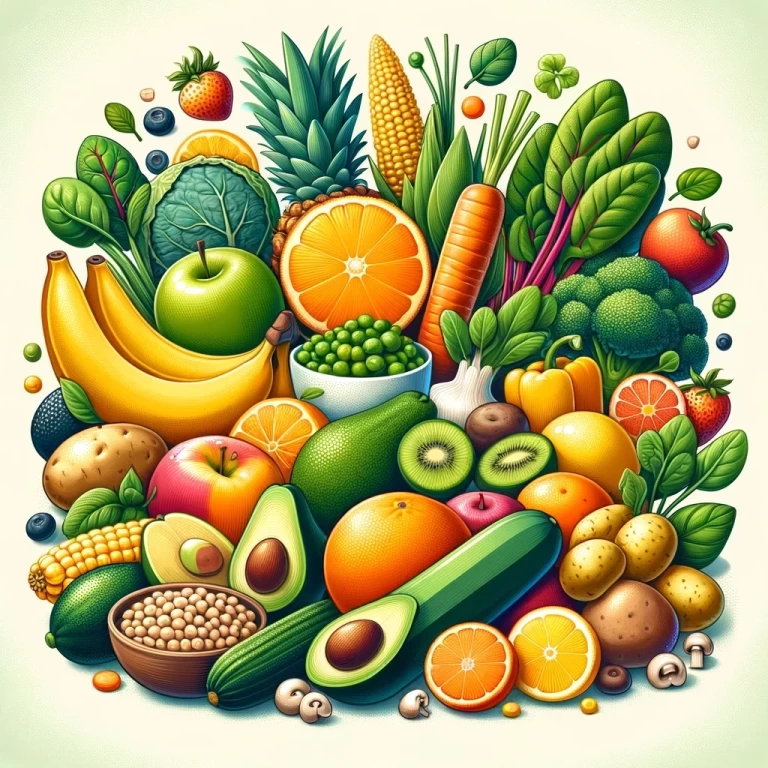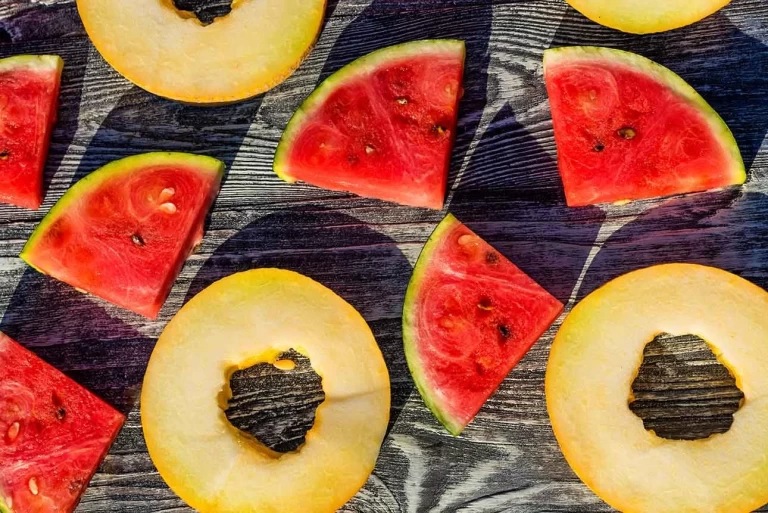Have you ever heard someone say that dietary fiber should get more love than it does? Do you feel like the thought of consuming any type of fiber-rich food immediately strikes fear in your heart? If so, you’re not alone. Many people tend to think of tasteless bran cereal and unpalatable prune juice when they think about boosting their diet with extra fiber. However, there is so much more to this macronutrient than meets the eye! Dietary fibers are an essential part of a balanced and healthy diet but for some reason remain a neglected nutrient in many eating plans. In this blog post, I will explain how adding fibers can positively impact your health and give you tips on how to easily incorporate them into your daily routine without having to sacrifice flavor or convenience!
What is Fiber and Why Do You Need It
Fiber is a type of carbohydrate that your body cannot digest. It's found in foods like fruits, vegetables, and whole grains, and it plays a vital role in keeping your digestive system healthy. As it moves through your digestive tract, fiber helps to sweep out waste and toxins, ensuring that your body can efficiently eliminate them. But fiber has also been shown to provide other health benefits, such as regulating blood sugar levels, lowering cholesterol, and reducing the risk of certain types of cancer. While many people don't get enough fiber in their diets, adding more fruits, vegetables, whole grains, and legumes can help you meet your daily fiber needs and keep your body functioning at its best.
Dietary Sources of Fiber
Fiber is an essential component of a healthy diet. Not only does it promote digestive health, but it can also help regulate blood sugar levels and reduce the risk of heart disease. Luckily, there are plenty of delicious and nutritious foods that are excellent sources of fiber. Fruits like raspberries, mangos, and pears are high in fiber, as are vegetables like broccoli, carrots, and sweet potatoes. Whole grains such as brown rice, quinoa, and oats are also great sources of fiber. And let's not forget about legumes like lentils, chickpeas, and black beans, which are not only packed with fiber but also provide a healthy dose of protein. With so many delicious options, it's easy to incorporate plenty of fiber into your daily diet.
Benefits of Eating Fiber-Rich Foods
If you're looking for an easy way to improve your diet and overall health, look no further than fiber-rich foods. These foods are packed with a wide range of benefits that can help you feel better both physically and mentally. For starters, a high-fiber diet has been shown to reduce the risk of heart disease, stroke, and other chronic illnesses. Additionally, fiber can help keep you feeling full and satisfied, making it easier to resist unhealthy snacks and manage your weight. And perhaps most importantly, fiber can help support a healthy gut microbiome, which has been linked to improved immunity, mood, and cognitive function. So if you're looking to upgrade your meals, start adding some fiber-rich foods to your plate and reap the many benefits they have to offer.
Ways to Add More Fiber to Your Diet
Are you looking for a way to improve your diet and overall health? Adding more fiber to your meals could be just the solution you need. Not only does fiber help with digestion and prevent constipation, but it can also lower cholesterol levels and reduce the risk of heart disease. There are many delicious and easy ways to incorporate more fiber into your meals, such as swapping white bread for whole grain, snacking on fruits and vegetables, and trying out new recipes with beans or lentils. So why not take the first step towards a healthier you and start boosting your fiber intake today?
Recipes Featuring High-Fiber Ingredients
Eating a balanced diet is essential for good health, and including high-fiber ingredients in your meals is a great way to promote digestive health and maintain healthy blood sugar levels. Luckily, adding fiber to your diet doesn't mean sacrificing flavor! There are plenty of delicious recipes that feature fiber-rich ingredients like whole grains, fruits, vegetables, and legumes. From hearty soups and stews to fresh salads and savory stir-fries, these dishes are both satisfying and nutritious. So why not try something new tonight? Your taste buds and your body will thank you!
Other Ways to Increase Your Fiber Intake
There are numerous ways to increase your daily fiber intake beyond the traditional methods of eating fruits, vegetables, and whole grains. One approach is to incorporate flaxseed into your diet. This tiny seed packs a powerful fiber punch and can be easily added to smoothies, oatmeal, or yogurt. Another option is to snack on nuts or seeds, such as almonds or pumpkin seeds, which not only provide fiber but also healthy fats and protein. Lastly, consider adding legumes, such as lentils or chickpeas, to your meals. These versatile ingredients can be used in salads, soups, or as a meat substitute in dishes like chili or tacos. With a little bit of creativity and experimentation, increasing your fiber intake can be both delicious and enjoyable.
Fiber should be given the recognition it deserves, especially in today's health-focused world. Not only can dietary fiber help your body stay regular, but it also helps with digestion, weight loss, and maintenance, cancer prevention, and even has a positive effect on skin health. By adding more fiber to your diet through foods like fruits, vegetables, and whole grains you can improve both your short-term and long-term health. Additionally, you can use ground flaxseeds as a smoothie booster or chia seeds in homemade granola bars for an added boost of fiber. Lastly for those looking for new recipes (and lots of fiber), there are plenty of delicious meals featuring high-fiber ingredients like black beans, lentils, raspberries, and quinoa that will satisfy any craving! So don't be afraid to give fiber the love it deserves –– it just might surprise you with its amazing health benefits!



